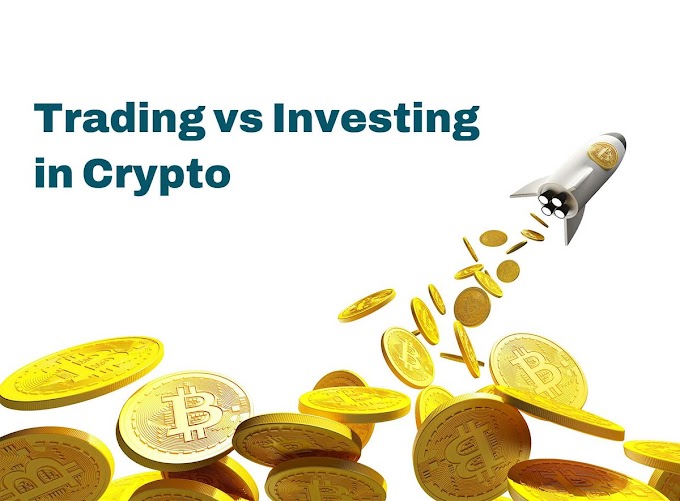In 2025, the government is set to borrow approximately GH¢200 billion from the treasury market. This figure is lower than the estimated GH¢220 billion for 2024, resulting in an average weekly borrowing of GH¢3.9 billion, compared to the previous year's GH¢4.2 billion.
According to Databank Research, the government's borrowing strategy is expected to evolve in light of improved access to international funding and positive trends in key macroeconomic indicators, signaling a continued recovery. While the government is likely to rely on short-term funding to meet its refinancing needs in early 2025, a shift towards longer-term financing options is anticipated later in the year. This shift is expected to occur after the first quarter of 2025, once the government navigates the maturities from higher borrowings in the second half of 2024.
A Promising Outlook for the Fixed Income Market in Mid-2025
The fixed income market is expected to experience a significant rebound by mid-2025, driven by a combination of easing inflation and targeted policy measures to reduce Treasury bill yields. Databank Research predicts that while inflation is expected to ease and monetary policy may become more dovish, investor responses to these changes might not materialize until mid-2025.
The primary factor behind this shift will be the government’s efforts to reduce sovereign borrowing costs. As of November 2024, Treasury bill yields were at a high of 27%, but Databank anticipates these yields will decline as the government seeks to reduce its reliance on short-term borrowing. Plans for issuing longer-dated securities and reducing the dependence on money market funding could play a crucial role in this transition, with expected policy changes to help drive the yield compression by mid-2025.
The demand for short-term money market funding from the Treasury is also expected to decrease significantly in 2025, as alternative funding sources become more accessible. This shift in strategy, along with a greater focus on long-term securities, will provide the government with the flexibility needed to reduce the high Treasury bill yields.
Overall, the outlook for the fixed income market is optimistic, with substantial opportunities for investors to benefit from improved economic conditions and government policy changes expected to unfold by mid-2025.









.jpeg)


.jpeg)
.jpeg)

